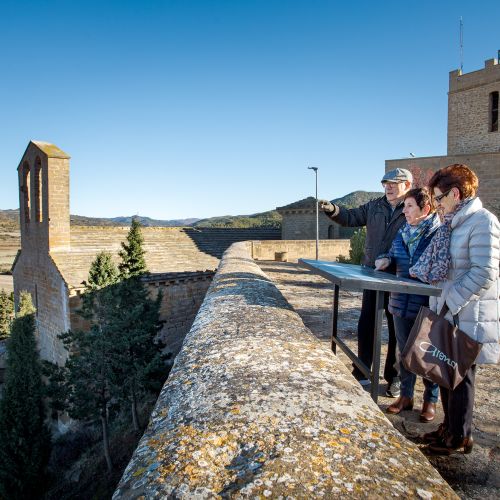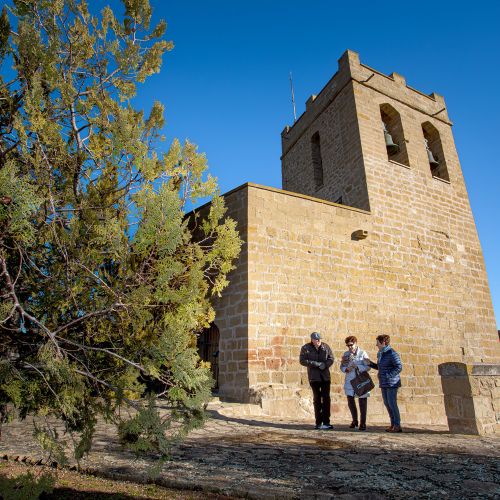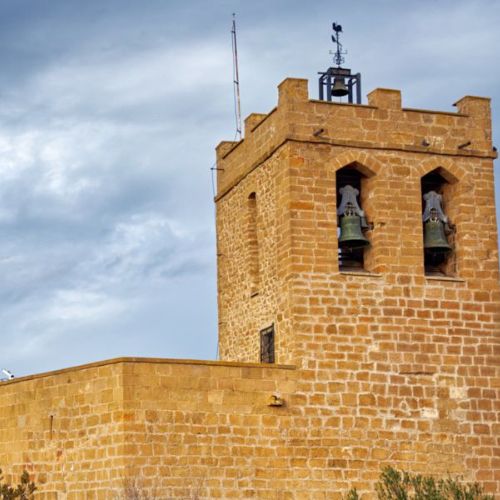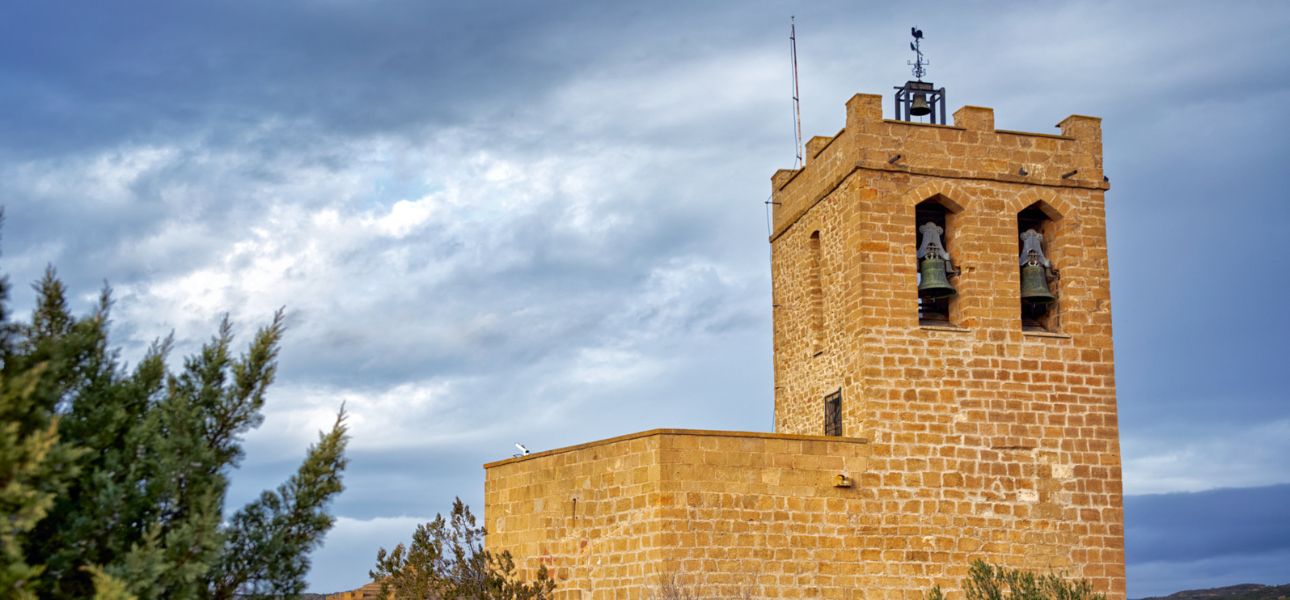Descripción
Mi nombre antiguo, Castillo de Liscar o Liscare, da nombre a mi villa, Castiliscar, y soy el elemento más emblemático y antiguo de la población. Fui erigido por orden del rey Sancho Ramírez de Aragón, para reforzar la línea defensiva que iba desde Sos hasta Loarre. Esta línea de castillos protegía el naciente Reino de Aragón de los ataques musulmanes de las plazas fuertes del sur, en este caso de la cercana Sádaba. La sobriedad de mis muros atestigua un pasado con fuertes connotaciones militares, puesto que nací con una clara función defensiva y de vigilancia. Mi situación estratégica, en la antigua vía romana que unía Pompaelo y Caesaraugusta, y su cercanía a Navarra, hacen de mí un lugar preeminente en la geografía aragonesa. Mi marcada naturaleza militar y defensiva se acrecienta por la fuerte vinculación con la Orden de San Juan, bajo cuyo amparo prosperó la villa desde el s.XII. Además, muy cerquita, cuento con una ermita dedicada al Santo Cristo, en la cual se custodian tres imágenes de gran valor artístico que representan el Calvario. Este conjunto está formado por las tallas del Santo Cristo, la Virgen María y San Juan. Entre ellas destaca la imagen del Santo Cristo, uno de los mejores ejemplos de escultura románica que se pueden encontrar en todo Aragón. En los últimos tiempos ha suscitado mucho interés, debido a su gran calidad artística y su excelente estado de conservación. Es muy querido en los alrededores, tanto que la tradición cuenta que, ante las súplicas de sus vecinos, atenuó una fuerte sequía con dulces lluvias, allá por el año 1921, tan dulces como la expresión de su rostro.
My ancient name, Castillo de Liscar or Liscare, gives name to my village, Castiliscar, and I am the most emblematic and ancient element of the population. I was erected by order of King Sancho Ramirez of Aragon, to reinforce the defensive line that went from Sos to Loarre. This line of castles protected the nascent Kingdom of Aragon from Muslim attacks from the strongholds to the south, in this case, the nearby Sádaba. The sobriety of my walls testifies to a past with strong military connotations, since I was born with a clear defensive and surveillance function. My strategic location, on the ancient Roman road that linked Pompaelo and Caesaraugusta, and its proximity to Navarra, make me a preeminent place in the Aragonese geography. Its marked military and defensive nature are enhanced by the strong links with the Order of St. John, under whose protection the town prospered since the twelfth century. In addition, very close by, there is a hermitage dedicated to the Holy Christ, which houses three images of great artistic value that represent the Calvary. This set is formed by the carvings of the Holy Christ, the Virgin Mary, and St. John. Among them is the image of the Holy Christ, one of the best examples of Romanesque sculpture that can be found in all of Aragon. In recent times it has aroused much interest, due to its great artistic quality and its excellent state of preservation. He is much loved in the surrounding area, so much so that tradition has it that, at the entreaties of his neighbors, he mitigated a severe drought with sweet rains, back in 1921, as sweet as the expression on his face.
Foto a Foto








